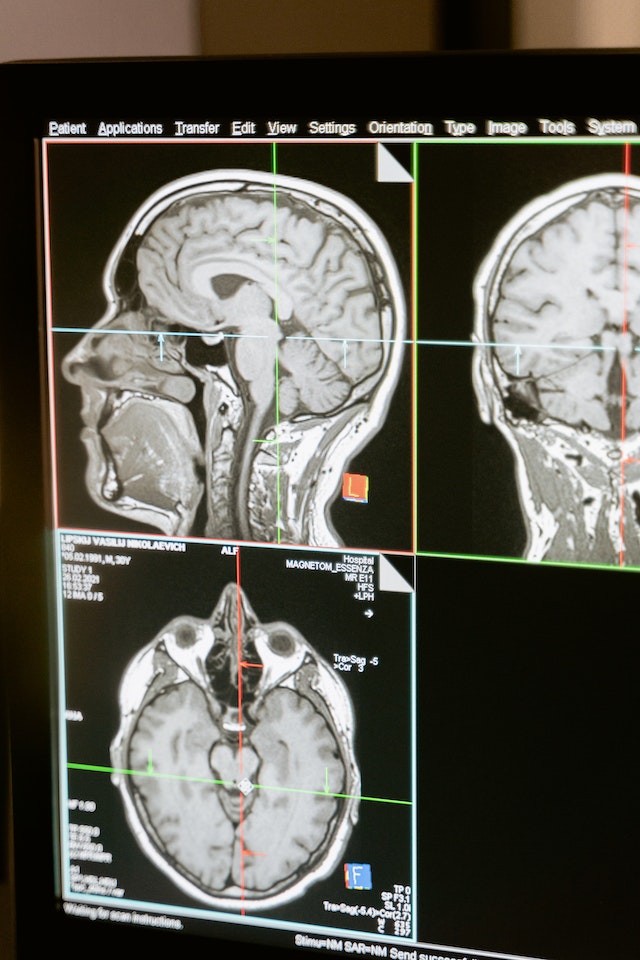12/16/2023
By Don DiCicco
Interventional radiologists identify and treat illness. By inserting catheters, wires, or other small devices into the body, they treat a wide spectrum of problems. The radiologist is guided by imaging methods like CT, ultrasound, and X-ray. In many cases, interventional radiology can take the place of surgery, and it may make a hospital stay unnecessary.
Interventional Radiology: Minimally Invasive Healthcare
Interventional radiology is a specialized healthcare field that involves using image-guided procedures to diagnose and treat various medical conditions. Unlike traditional open surgery, interventional radiology is minimally invasive, which means it requires only tiny incisions instead of large cuts through the skin and muscle tissue.

Another benefit of interventional radiology is that it can be used for both diagnostic and treatment purposes.
One area where interventional radiology shines is in treating blockages in arteries. This procedure, known as angioplasty, involves inserting a tiny balloon into the artery using an image-guided catheter.
Once inside the blocked artery, the balloon is inflated to widen the blood vessels and restore normal blood flow. The entire process often takes just a few hours, and patients can typically return home on the same day.
Types of Interventional Radiology
There are several types of interventional radiology procedures, including those that focus on stent placement, treating fibroids, and chemoembolization.
One of the main areas where IR plays a crucial role is treating vascular diseases. In cases of blocked or narrowed blood vessels, interventional radiologists can use stents – small metal mesh tubes – to improve blood flow. This involves inserting a catheter through an artery in the groin or arm and guiding it to the affected area using X-ray or other imaging techniques. Once in place, the stent is expanded to hold open the vessel and restore normal blood supply.
Uterine Fibroid embolization is a procedure used to treat noncancerous growths in the uterus. During this procedure, an interventional radiologist inserts a catheter into the femoral artery and guides it to the uterine arteries. The doctor then injects tiny particles into these arteries, blocking the fibroids’ blood flow. This causes them to shrink over time and reduces symptoms such as heavy menstrual bleeding and pelvic pain.
Interventional radiology is also used in oncology. Chemoembolization is one application. Primarily for liver cancer treatment, the patient is sedated while a thin catheter is inserted into an artery in the groin or wrist. The catheter is then guided to the hepatic artery that supplies blood to the liver, delivering chemotherapy directly to the tumor. Chemoembolization is an effective treatment option for both primary and metastatic liver cancer.
Non-Vascular Intervention
Non-vascular intervention involves the treatment of conditions that affect organs and tissues outside the blood vessels. Non-vascular approaches are becoming increasingly common in modern medicine.
One example of a non-vascular intervention is endoscopic retrograde cholangiopancreatography (ERCP), which is used to diagnose and treat disorders of the bile ducts and pancreas.

An endoscope is inserted through the mouth into the digestive system during this procedure. The doctor then uses a catheter to inject contrast material into the bile ducts or pancreatic ducts to identify any blockages or abnormalities.
Other IR procedures that have become popular in recent years are transcranial magnetic stimulation (TMS), fluoroscopy, which records moving images (such as a beating heart) and treating kidney stones.
Educational and Training Requirements for IR Professionals
The American Board of Radiology (ABR) is the organization responsible for certifying IR professionals in the United States. To become certified by the ABR in IR, candidates must complete a minimum of six years of postgraduate medical education. This includes four years of medical school, followed by two years of residency training in diagnostic radiology. After completing this initial education, candidates must complete an additional one-year fellowship program in interventional radiology. During this fellowship year, they will receive intensive hands-on training in all aspects of interventional radiology procedures.
Exploring Your Options in IR Careers
There are several career options in vascular and interventional radiology for healthcare professionals interested in pursuing this specialty. Some of the most common roles include interventional radiologists, IR technologists, and IR nurses.
Interventional radiologists are medical doctors who specialize in using imaging technology to guide minimally invasive procedures.
IR technologists assist with these procedures by operating the equipment used during the procedures. Finally, IR nurses provide care before, during, and after these procedures.